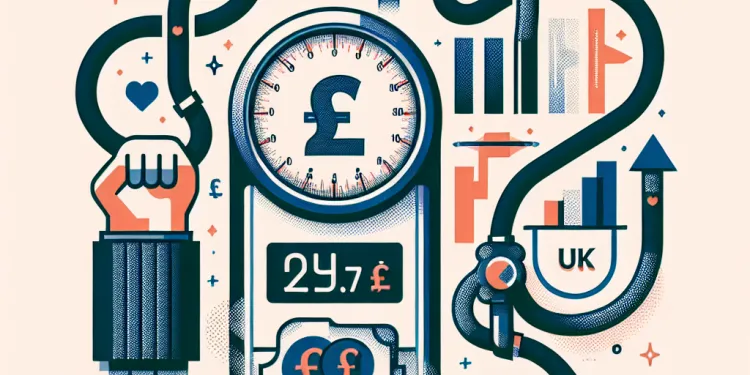
Find Help
More Items From Ergsy search
-
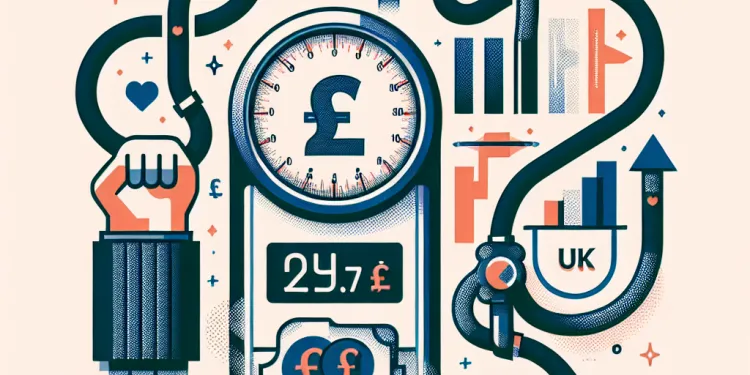
How is high blood pressure diagnosed?
Relevance: 100%
-
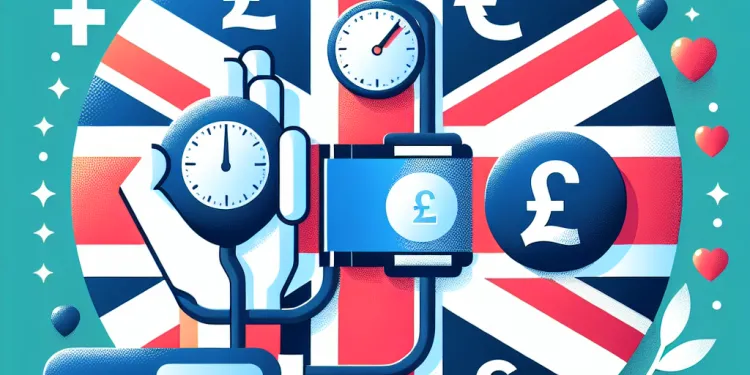
What is high blood pressure?
Relevance: 83%
-
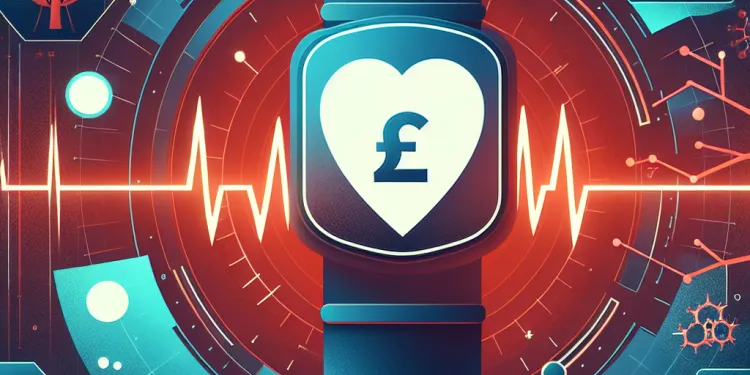
What causes high blood pressure?
Relevance: 77%
-
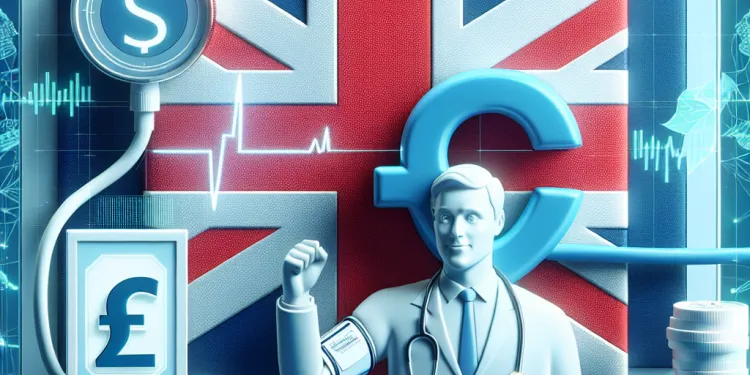
Can high blood pressure be prevented?
Relevance: 77%
-
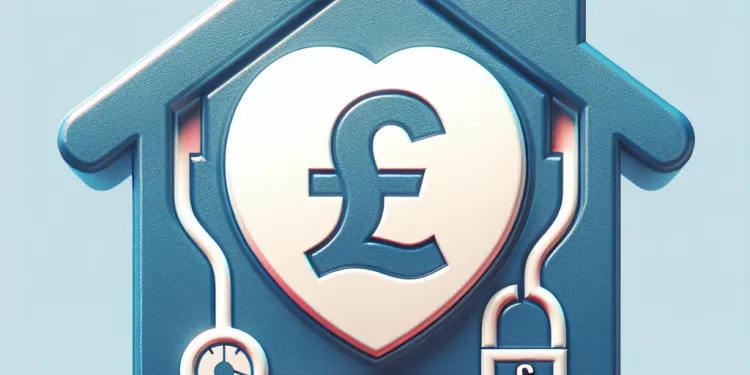
What are the risks of having high blood pressure?
Relevance: 74%
-
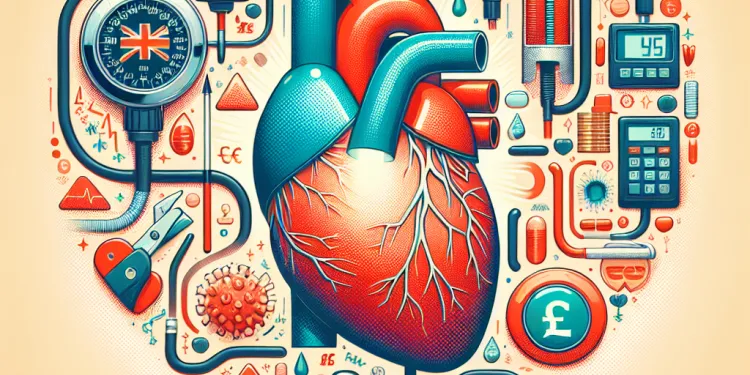
How can high blood pressure be treated?
Relevance: 73%
-
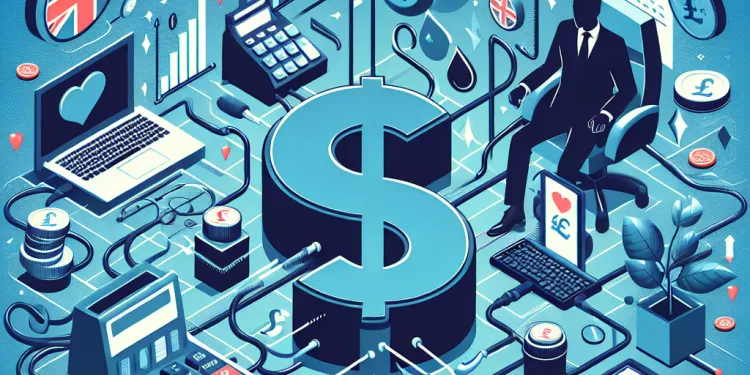
Can stress cause high blood pressure?
Relevance: 72%
-
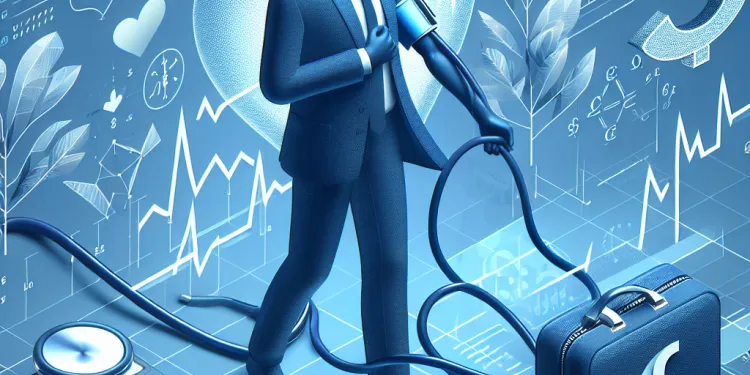
Why is high blood pressure called a 'silent killer'?
Relevance: 71%
-
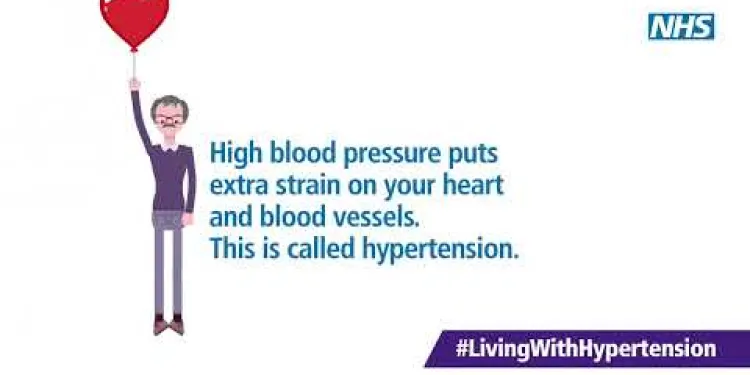
Blood pressure too high? Living with hypertension animation
Relevance: 71%
-
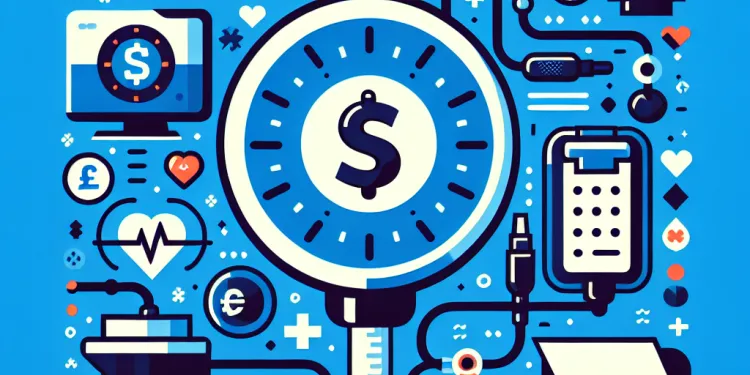
How do medications help control high blood pressure?
Relevance: 70%
-
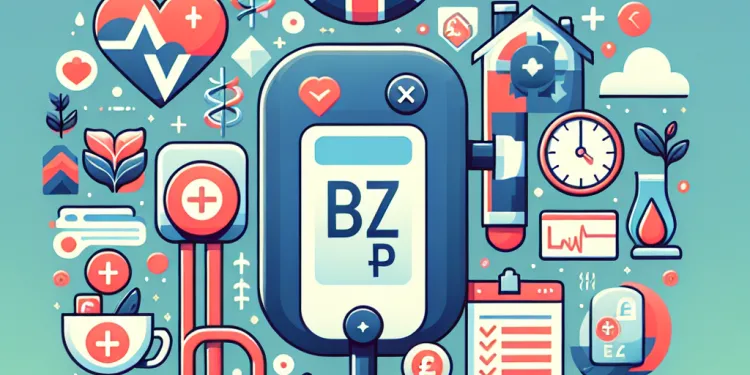
Can high blood pressure lead to other health problems?
Relevance: 68%
-
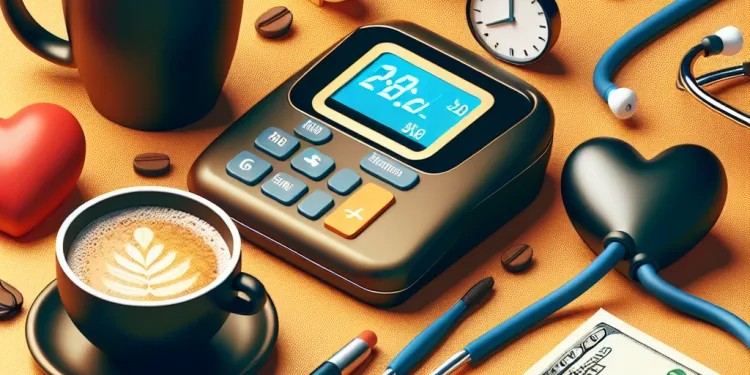
Should people with high blood pressure avoid coffee entirely?
Relevance: 67%
-
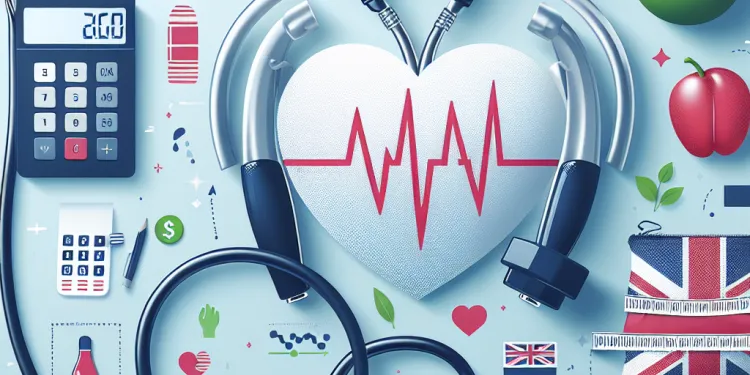
Can weight loss help reduce high blood pressure?
Relevance: 67%
-
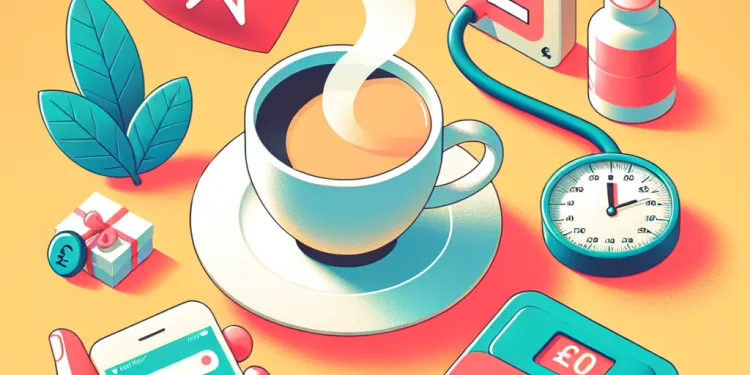
Is Your Morning Coffee a Risk Factor for High Blood Pressure?
Relevance: 66%
-
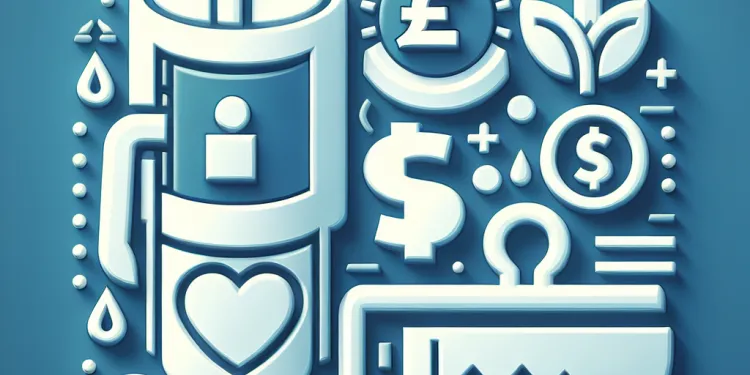
How much caffeine is generally considered safe for people with high blood pressure?
Relevance: 63%
-
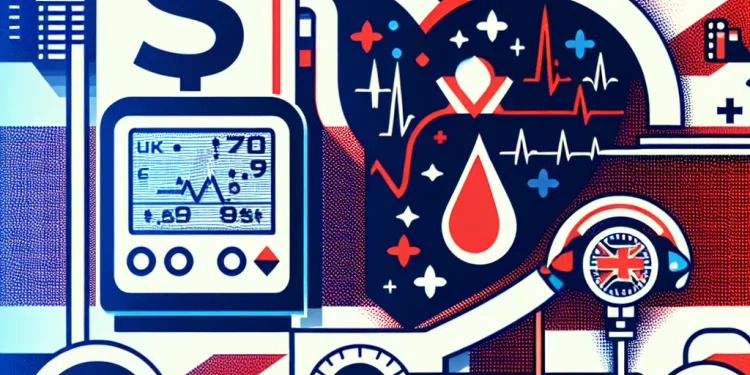
Is high blood pressure hereditary?
Relevance: 62%
-
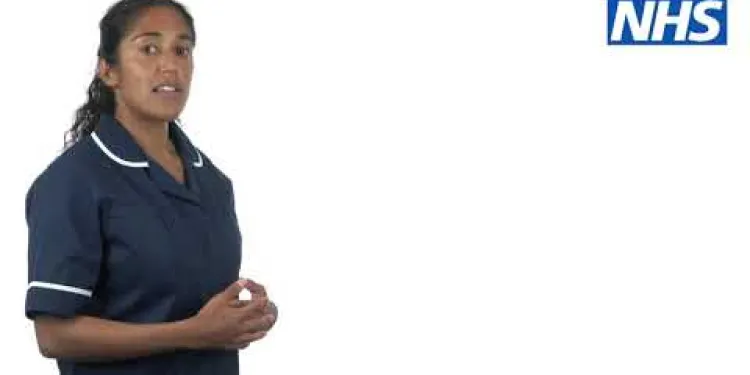
Seven Reaasons For Measuring blood pressure
Relevance: 62%
-
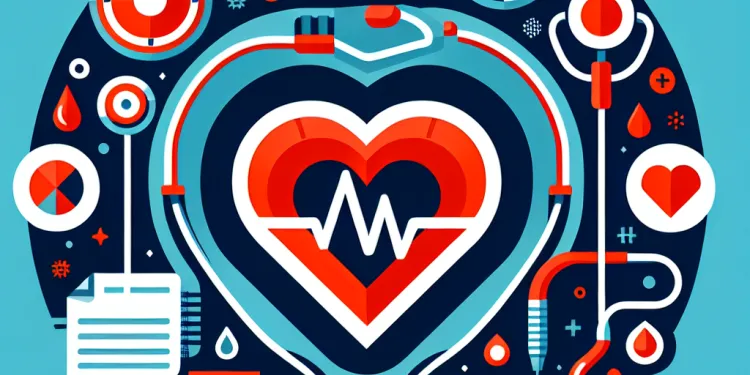
What are the symptoms of high blood pressure?
Relevance: 61%
-
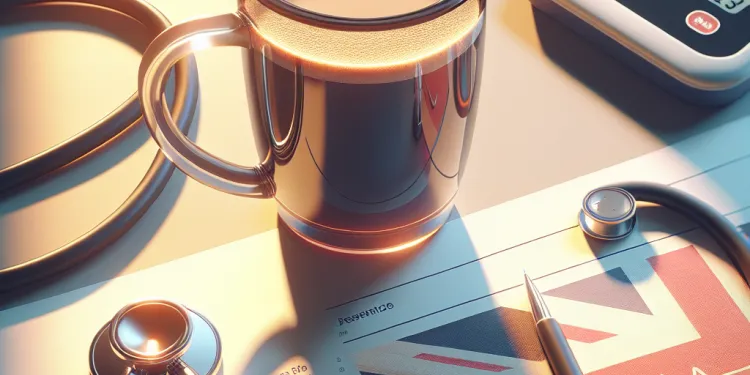
Does drinking coffee every morning increase the risk of developing high blood pressure?
Relevance: 59%
-
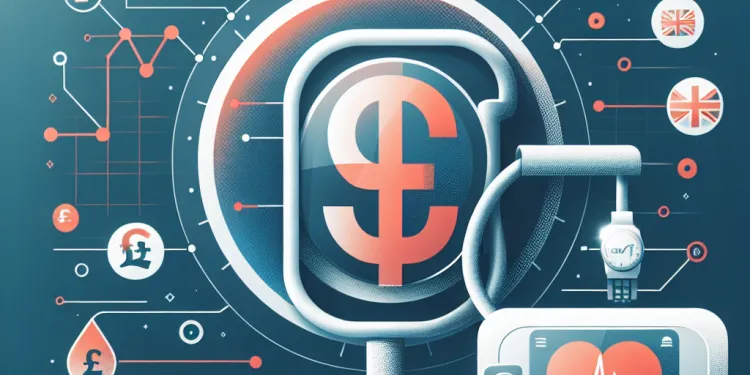
How often should I check my blood pressure?
Relevance: 59%
-
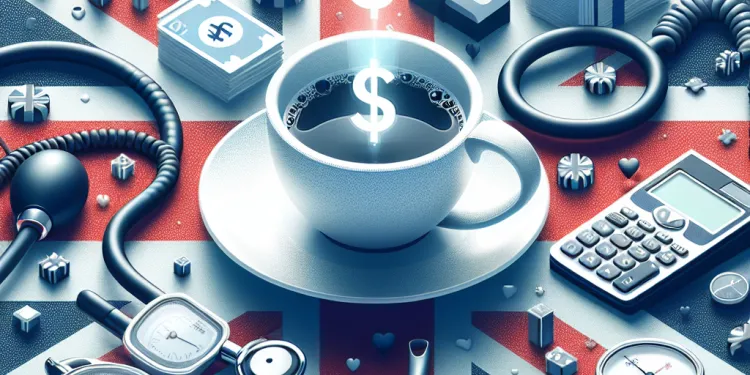
Does caffeine affect blood pressure?
Relevance: 55%
-
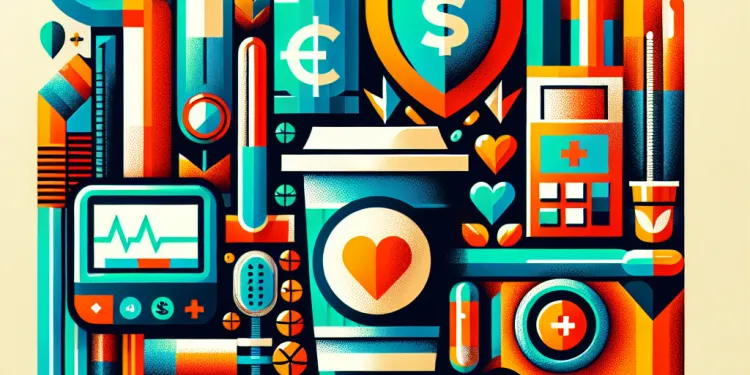
What are the symptoms of caffeine-induced high blood pressure?
Relevance: 55%
-
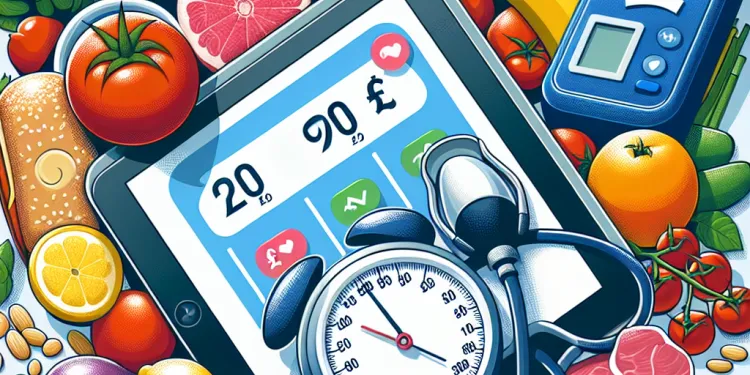
How does diet affect blood pressure?
Relevance: 55%
-
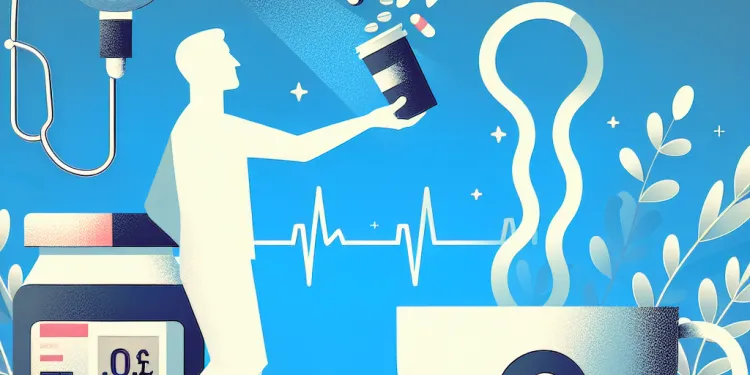
Is it safe to take blood pressure medication with coffee?
Relevance: 53%
-
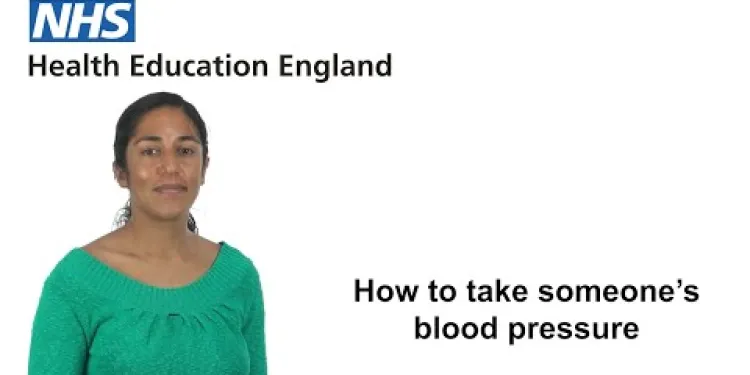
How to take someone's blood pressure
Relevance: 53%
-
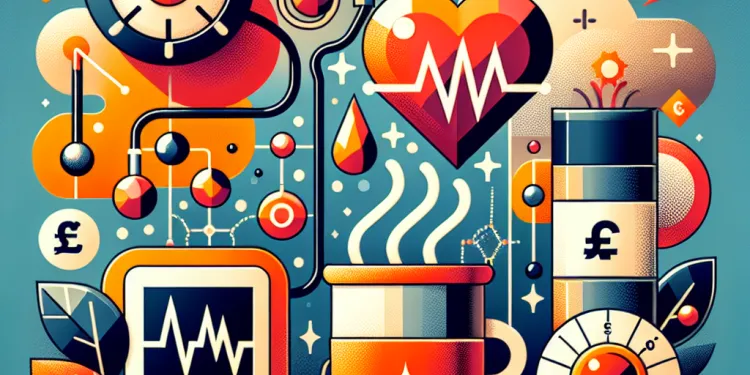
How does caffeine affect blood pressure?
Relevance: 53%
-
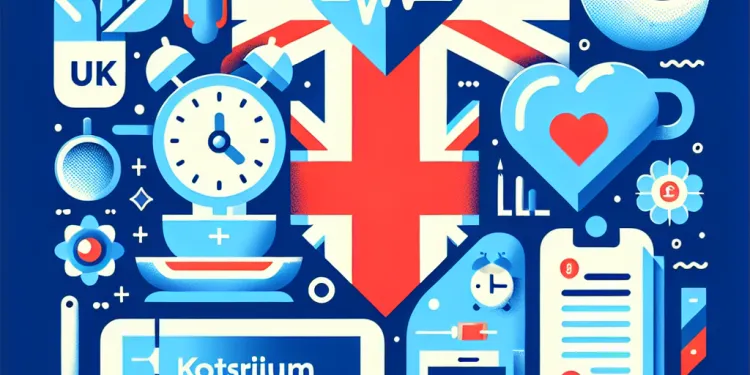
What is the role of potassium in managing blood pressure?
Relevance: 52%
-
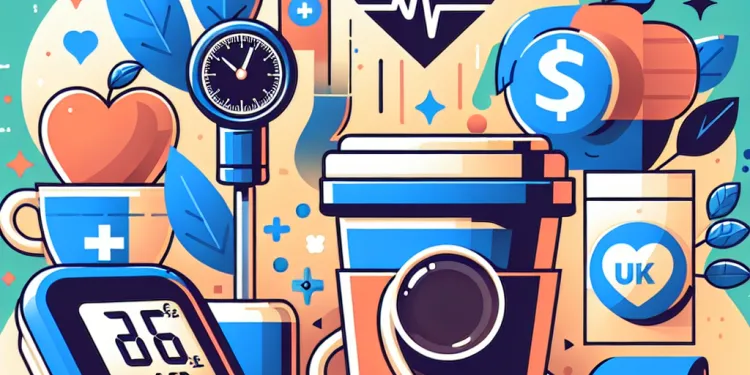
How can one minimize the impact of coffee on blood pressure?
Relevance: 52%
-
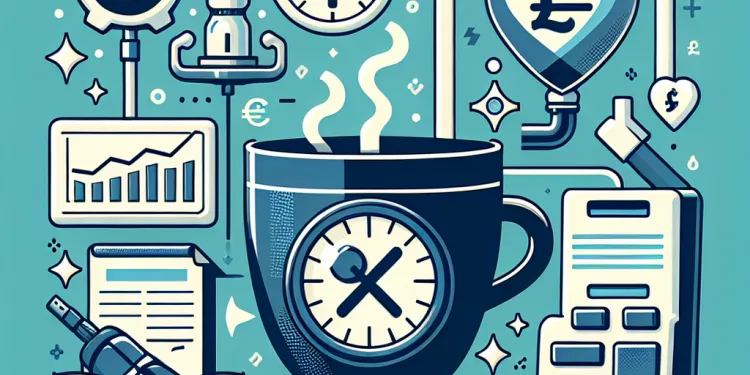
Can decaffeinated coffee affect blood pressure?
Relevance: 52%
-
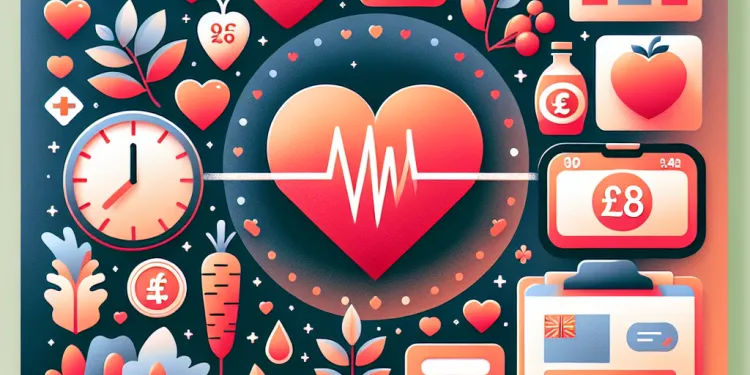
What lifestyle changes can lower blood pressure?
Relevance: 51%
-

Is green tea a better alternative to coffee for blood pressure management?
Relevance: 50%
-
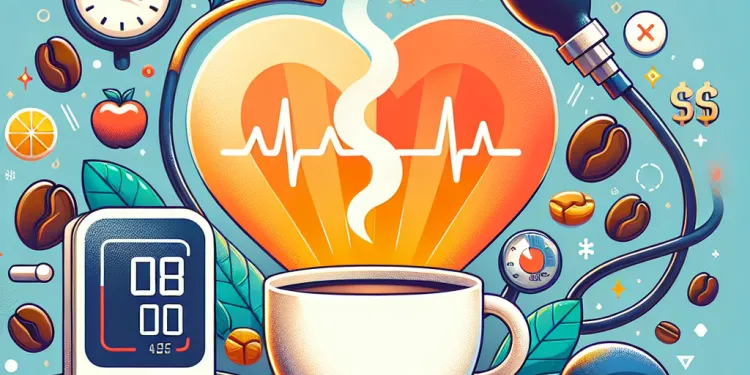
What is the link between coffee consumption and high blood pressure?
Relevance: 50%
-
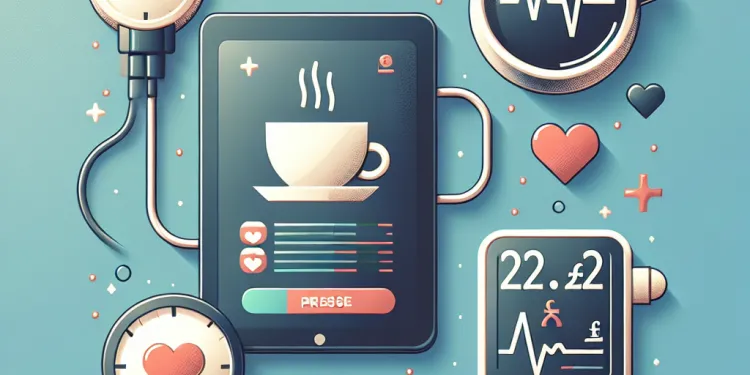
Are there any other factors in coffee that may affect blood pressure?
Relevance: 47%
-
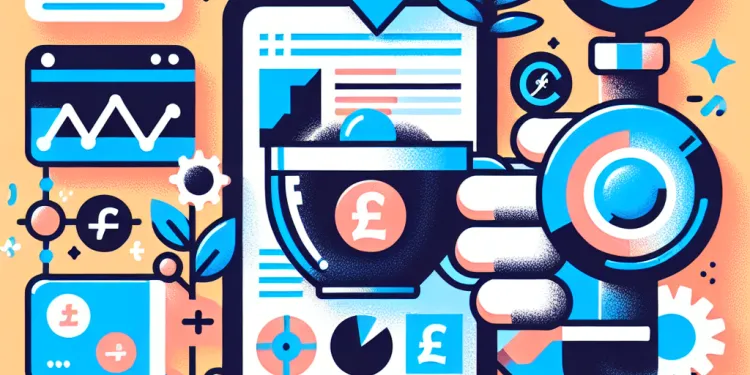
How does regular caffeine consumption impact tolerance and blood pressure?
Relevance: 46%
-
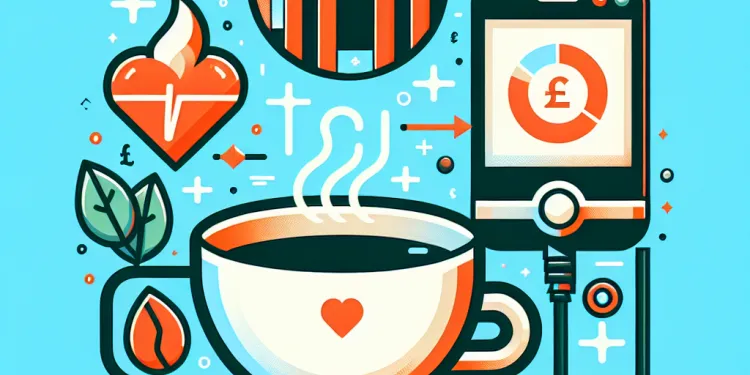
How soon after drinking coffee can blood pressure be affected?
Relevance: 45%
-
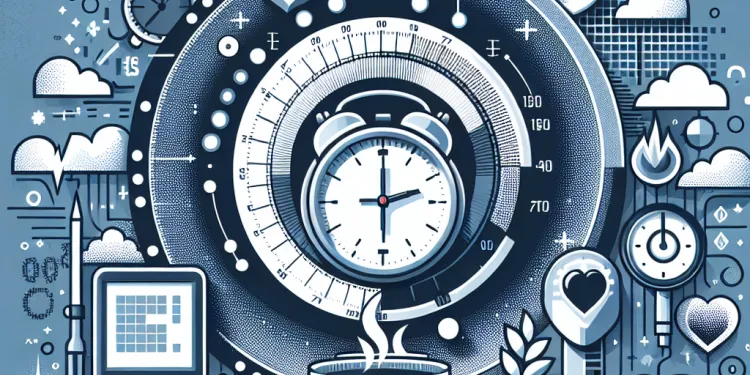
Is there a specific time of day when coffee has the most impact on blood pressure?
Relevance: 45%
-
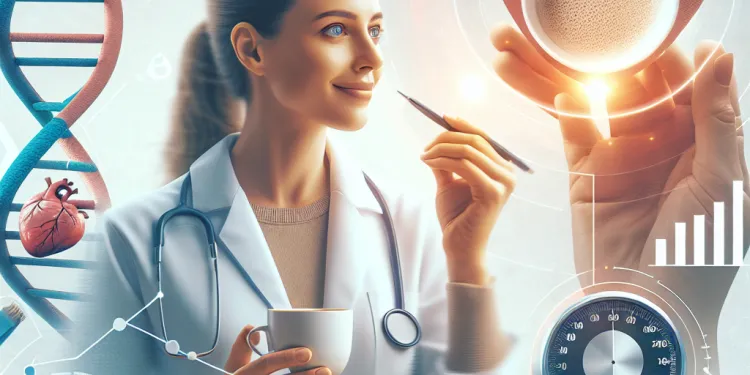
Does genetic makeup affect how coffee impacts blood pressure?
Relevance: 45%
-
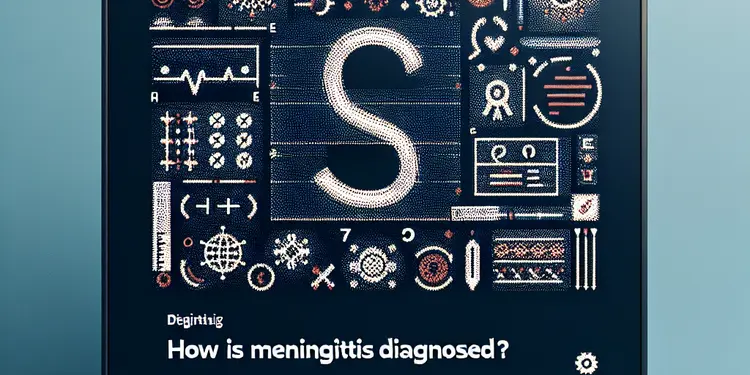
How is meningitis diagnosed?
Relevance: 42%
-
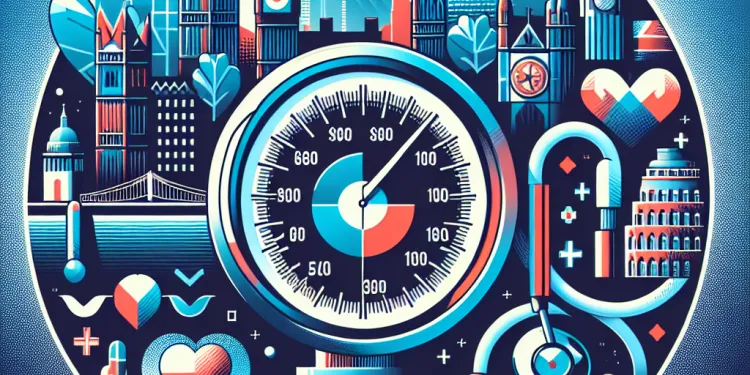
What are normal blood pressure ranges?
Relevance: 41%
-
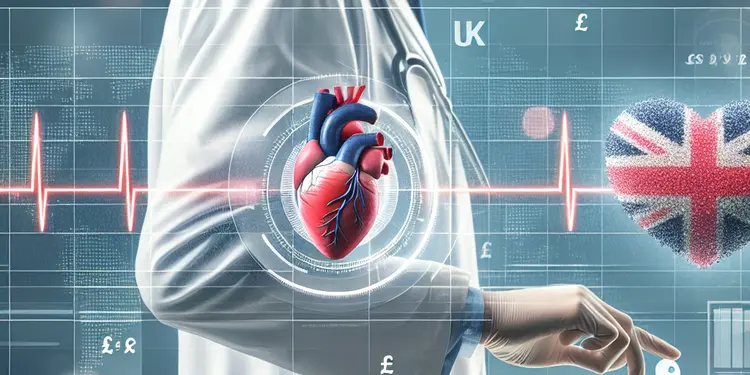
How is heart failure diagnosed?
Relevance: 38%
Understanding High Blood Pressure
High blood pressure, also known as hypertension, is a common medical condition where the blood pressure in the arteries is persistently elevated. It is often called a "silent killer" because it may not present noticeable symptoms but can lead to serious health issues if left untreated. Diagnosing high blood pressure is crucial for managing and preventing associated health risks such as heart disease, stroke, and kidney problems.
Blood Pressure Measurement
The primary method to diagnose high blood pressure is through regular blood pressure measurement. This is typically done using a device called a sphygmomanometer, which may be manual or digital. During the test, a cuff is placed around the upper arm and inflated to restrict blood flow. The pressure in the cuff is then slowly released. A healthcare professional listens to the blood flow using a stethoscope or uses a digital monitor to measure the blood pressure levels.
Understanding Blood Pressure Readings
Blood pressure readings consist of two numbers: systolic and diastolic. The systolic number, the first and higher of the two, measures the pressure in the arteries when the heart beats. The diastolic number, the second and lower number, measures the pressure in the arteries when the heart is at rest between beats. Blood pressure is measured in millimeters of mercury (mmHg).
Normal and High Blood Pressure Levels
According to the NHS guidelines, normal blood pressure is considered to be between 90/60mmHg and 120/80mmHg. High blood pressure is considered to be 140/90mmHg or higher. If blood pressure readings are consistently in this range or higher, a diagnosis of hypertension may be made. It is important to take multiple readings over time as blood pressure can fluctuate throughout the day.
24-Hour Ambulatory Blood Pressure Monitoring
If initial readings in a clinical setting are high, a doctor might recommend 24-hour ambulatory blood pressure monitoring. This involves wearing a blood pressure monitor for 24 hours to track the blood pressure at regular intervals throughout the day and night. This method helps provide a more accurate assessment of blood pressure levels over a longer period and in everyday settings.
Home Blood Pressure Monitoring
For ongoing monitoring, patients may be advised to measure their blood pressure at home using a home blood pressure monitor. This approach helps in tracking the blood pressure outside of a clinical setting, which might provide more accurate readings and aid in the management of high blood pressure.
Consulting a Healthcare Professional
It is essential for individuals who suspect they may have high blood pressure to consult with a healthcare professional. Proper diagnosis and management through lifestyle changes and medication, when necessary, can effectively manage high blood pressure and reduce the risk of related complications.
Understanding High Blood Pressure
High blood pressure is when the force of blood against the walls of your arteries is too high. It is also called hypertension. You may not feel it, but it can cause serious health problems if not treated. It is important to find out if you have high blood pressure so you can prevent health issues like heart disease, strokes, or kidney problems.
Blood Pressure Measurement
Doctors check blood pressure to see if it is high. They use a tool called a sphygmomanometer. It can be a manual or digital device. The test involves wrapping a cuff around your upper arm. The cuff tightens and then slowly loosens. The doctor listens to your heartbeat or uses a digital screen to see your blood pressure numbers.
Understanding Blood Pressure Readings
Blood pressure numbers show two things: systolic and diastolic pressures. The systolic number is the higher one, showing how hard your heart works when it beats. The diastolic number is lower, showing when your heart is resting between beats. Blood pressure is measured in units called mmHg.
Normal and High Blood Pressure Levels
Normal blood pressure is between 90/60mmHg and 120/80mmHg according to the NHS. If your number is 140/90mmHg or higher, you might have high blood pressure. It is important to check your blood pressure a few times because it can change during the day.
24-Hour Ambulatory Blood Pressure Monitoring
Sometimes, doctors need more information. They might ask you to wear a blood pressure monitor for 24 hours. This checks your blood pressure all day and night. It helps doctors see if you have high blood pressure in real life settings.
Home Blood Pressure Monitoring
You may also measure your blood pressure at home. Using a home blood pressure monitor can help you track it regularly. This can be useful to see if it stays high over time.
Consulting a Healthcare Professional
If you think you have high blood pressure, see a healthcare professional. They can diagnose it and help you manage it. You might need to change your lifestyle or take medicine to keep your blood pressure at a healthy level.
Frequently Asked Questions
What equipment is used to diagnose high blood pressure?
A sphygmomanometer, which includes a blood pressure cuff and a gauge, is typically used to measure blood pressure.
How often should blood pressure be measured to diagnose hypertension?
Blood pressure should be measured on multiple occasions, usually over several weeks, to accurately diagnose hypertension.
What is considered high blood pressure?
High blood pressure, or hypertension, is typically diagnosed when readings are consistently above 130/80 mmHg.
Can high blood pressure be diagnosed with a single measurement?
No, diagnosis usually requires multiple readings over time to confirm consistent high blood pressure.
Does a doctor need to measure blood pressure for a diagnosis?
While doctors often take measurements, blood pressure can also be measured at home with a reliable monitor.
What lifestyle factors might prompt a doctor to check for high blood pressure?
Lifestyle factors such as obesity, lack of physical activity, high salt intake, and excessive alcohol consumption may prompt blood pressure checks.
Can stress influence blood pressure readings?
Yes, stress can temporarily raise blood pressure, which is why multiple readings are needed for an accurate diagnosis.
Should the blood pressure be measured at rest for diagnosis?
Yes, blood pressure should typically be measured when the individual is calm and has been resting for at least 5 minutes.
Can blood pressure monitors at pharmacies be used for diagnosis?
They can give an indication, but it's best to have multiple measures over time, preferably with a healthcare provider, for accurate diagnosis.
What is the importance of the diastolic reading in diagnosing high blood pressure?
The diastolic reading, the lower number, measures the pressure in arteries when the heart rests between beats and is critical in diagnosing hypertension.
What role does family history play in diagnosing high blood pressure?
A family history of hypertension can increase the likelihood of developing high blood pressure and may prompt more regular monitoring.
Is the diagnosis of high blood pressure different for children?
Yes, children have different normal ranges; diagnosis is based on percentiles rather than fixed numbers.
Can high blood pressure be diagnosed during a routine check-up?
Yes, hypertension is often diagnosed during routine health check-ups when blood pressure is measured.
What is ambulatory blood pressure monitoring?
Ambulatory blood pressure monitoring involves wearing a device that takes regular readings over 24 hours to provide a comprehensive assessment.
How does white coat syndrome affect blood pressure diagnosis?
White coat syndrome can cause higher readings in clinical settings, necessitating home or ambulatory monitoring for accurate diagnosis.
What are secondary causes of high blood pressure?
Secondary hypertension can be caused by conditions like kidney disease, endocrine disorders, or medication side effects.
Do you need to fast before a blood pressure test?
Fasting is not typically required before a blood pressure test.
How does age affect the diagnosis of high blood pressure?
Older adults are more likely to develop hypertension, and age-specific guidelines may be used in diagnosis.
Can diet impact blood pressure readings?
Yes, consuming caffeine, high salt foods, or not following specific dietary recommendations can impact readings.
What clinical guidelines are used to diagnose high blood pressure?
Guidelines from organizations like the American Heart Association and the European Society of Cardiology provide criteria for diagnosis.
What tools do doctors use to check high blood pressure?
A blood pressure machine helps measure how strong your heart is pumping blood. It has a soft band for your arm and a tool to show numbers. These numbers tell us how strong or weak your blood flow is.
How often should you check blood pressure to know if someone has high blood pressure?
High blood pressure is when your blood pushes too hard against your blood vessels. This can be bad for your heart.
To find out if someone has high blood pressure, a doctor needs to check it more than once. Checking blood pressure a few times at different visits will help make sure the result is right.
If a doctor tells you to check blood pressure at home, use a machine that is easy for you to use. You can ask for help if you need it.
Use picture charts or notes to help remember when to check blood pressure. It's good to write down the numbers each time. This makes it easy to show the doctor.
Check your blood pressure more than once. Do this over a few weeks. This helps the doctor know if you have high blood pressure.
What is high blood pressure?
High blood pressure means your heart is working too hard to pump blood. It's important to keep it under control.
If you are worried about high blood pressure, talk to a doctor. You can also use a blood pressure monitor to check at home.
High blood pressure is also called hypertension. Doctors say you have it if your blood pressure is often more than 130 over 80.
Can you find out if someone has high blood pressure with just one check?
No, to find out if you have high blood pressure, doctors need to check it many times.
Does a doctor need to check blood pressure to find out what is wrong?
Doctors check your blood pressure, but you can do it at home too. You just need a good machine to check it.
What things in our lives might make a doctor check for high blood pressure?
Sometimes, the way we live can make our blood pressure high. Blood pressure is how hard blood pushes in our body. If it's too high, it can be bad for health.
Here are some things that might make a doctor check our blood pressure:
- If we eat a lot of salty food.
- If we don't exercise much.
- If we smoke cigarettes.
- If we drink alcohol a lot.
- If we feel lots of stress.
- If we are overweight.
It's good to have a check-up with the doctor. They can help us stay healthy.
Your way of living can affect your blood pressure. If you are very overweight, don't exercise much, eat a lot of salty food, or drink a lot of alcohol, your doctor might want to check your blood pressure.
Can stress change blood pressure?
Yes, when you feel stress, it can make your blood pressure go up for a short time. That's why doctors check your blood pressure more than once to know for sure if it's high.
Is it important to check blood pressure while resting?
Yes, you should check your blood pressure when you are calm. Sit and rest for at least 5 minutes before you check it.
Can drugstore blood pressure machines tell if I'm sick?
You can use the blood pressure machines at the drugstore, but they might not always be right. It's a good idea to see a doctor for a real test.
If you have trouble reading, ask someone to read the numbers for you. You can also use tools like voice assistants to help understand what your blood pressure means.
They can help you know what's happening, but it is better to check a few times with a doctor to be sure. This will help find the right answer.
Why is the bottom number important in seeing if you have high blood pressure?
The bottom number in a blood pressure reading is the diastolic number. It helps doctors know more about your heart and health.
Here is how you can make reading easier:
- Break the text into small, easy parts.
- Use a ruler or finger to follow the words while reading.
- Listen to someone read it out loud.
The diastolic reading is the lower number when you check blood pressure. It shows how hard your blood pushes on your arteries when your heart is resting between beats. Doctors use this to see if someone has high blood pressure.
How Can Family History Help Doctors Find High Blood Pressure?
Family history means your close family members like parents, brothers, or sisters.
If they have high blood pressure, you might have it too.
Doctors use family history to check if you might get high blood pressure.
It's good to tell the doctor about your family's health problems.
Tools like picture charts or simple words can help explain this better.
If people in your family have high blood pressure, it can mean you might get it too. It's important to check your blood pressure more often if this is the case.
Do children get checked for high blood pressure in a different way?
Doctors check if children have high blood pressure in different ways than adults. They use special charts for kids.
If you want help understanding how doctors do this, ask a nurse or doctor to explain. You can also watch a video for more information.
Yes, children have different normal ranges. Doctors use percentiles, not fixed numbers, to decide.
Can the doctor find high blood pressure during a regular check-up?
Yes, the doctor can find high blood pressure when you visit for a regular health check.
High blood pressure means your blood is pushing too hard against your blood vessels.
Doctors use a special cuff around your arm to check blood pressure. It feels like a tight hug on your arm.
If your blood pressure is high, the doctor will talk to you about ways to make it better.
Using pictures, simple words, and taking your time can help you understand more about blood pressure.
Yes, doctors often find high blood pressure during regular health check-ups when they check your blood pressure.
What is walking blood pressure check?
When doctors check your blood pressure while you walk or do things, it's called a walking blood pressure check.
This helps see if your blood pressure is healthy all day and night, not just when you sit and rest at the doctor's office.
If you find this hard to understand, ask someone for help or use a tool that makes reading easier.
Ambulatory blood pressure monitoring means wearing a special device. This device checks your blood pressure many times over 24 hours. It helps doctors understand your blood pressure better.
How does white coat syndrome affect blood pressure diagnosis?
White coat syndrome happens when some people feel nervous at the doctor's. This can make their heart beat faster and their blood pressure go up.
This makes it hard for doctors to know if they really have high blood pressure or if it's just because they are nervous.
Doctors might ask people to check their blood pressure at home where they feel more relaxed. Special machines can help with this.
Asking questions and talking about how you feel can also help the doctor understand. It's okay to let them know if you're nervous.
When people go to the doctor, they might feel worried. This can make their heart rate and blood pressure go up. This is called white coat syndrome.
Because of this, doctors might need to check your heart rate and blood pressure when you are at home too. This helps them get the right information.
It can help to relax, take deep breaths, or listen to music when you're at the doctor. There are also monitors you can wear at home, which can help your doctor understand your health better.
What else can make blood pressure high?
Sometimes high blood pressure happens because of other health problems. These problems can be things like kidney sickness, hormone problems, or bad reactions to medicine.
Do you need to not eat before checking blood pressure?
No, you do not need to stop eating before checking your blood pressure. You can eat and drink as usual.
If you want help, you can:
- Ask someone to go with you to the appointment.
- Use a reminder to remember your appointment time.
- Write down any questions you have to ask the doctor.
You do not usually need to stop eating or drinking before a blood pressure test.
How does age change finding out if someone has high blood pressure?
As people get older, their bodies change. This can make it easier for doctors to find high blood pressure in older people.
When doctors check blood pressure, they see if the numbers are high or low. Older people might have different numbers than younger people.
If you have questions, you can ask a friend, doctor, or family member to help you understand. You can also use tools like videos or pictures to learn more about blood pressure.
Older people can often have high blood pressure. Doctors use special rules for finding it in older people.
Can what we eat change blood pressure?
Yes, what we eat can change blood pressure. Eating healthy food can help keep blood pressure normal. Eating too much salt or junk food can make blood pressure go up.
Here are some tips to help:
- Eat more fruits and vegetables.
- Eat less salty food.
- Drink lots of water.
It can help to use picture cards or stories about food to learn more.
Yes, drinking drinks with caffeine, eating salty foods, or not eating as your doctor says can change your test results.
How do doctors find out if someone has high blood pressure?
Groups like the American Heart Association and the European Society of Cardiology have rules for doctors to check if someone is sick.
Useful Links
- Ergsy carfully checks the information in the videos we provide here.
- Videos shown by Youtube after a video has completed, have NOT been reviewed by ERGSY.
- To view, click the arrow in centre of video.
- Most of the videos you find here will have subtitles and/or closed captions available.
- You may need to turn these on, and choose your preferred language.
- Go to the video you'd like to watch.
- If closed captions (CC) are available, settings will be visible on the bottom right of the video player.
- To turn on Captions, click settings .
- To turn off Captions, click settings again.
More Items From Ergsy search
-

How is high blood pressure diagnosed?
Relevance: 100%
-

What is high blood pressure?
Relevance: 83%
-

What causes high blood pressure?
Relevance: 77%
-

Can high blood pressure be prevented?
Relevance: 77%
-

What are the risks of having high blood pressure?
Relevance: 74%
-

How can high blood pressure be treated?
Relevance: 73%
-

Can stress cause high blood pressure?
Relevance: 72%
-

Why is high blood pressure called a 'silent killer'?
Relevance: 71%
-

Blood pressure too high? Living with hypertension animation
Relevance: 71%
-

How do medications help control high blood pressure?
Relevance: 70%
-

Can high blood pressure lead to other health problems?
Relevance: 68%
-

Should people with high blood pressure avoid coffee entirely?
Relevance: 67%
-

Can weight loss help reduce high blood pressure?
Relevance: 67%
-

Is Your Morning Coffee a Risk Factor for High Blood Pressure?
Relevance: 66%
-

How much caffeine is generally considered safe for people with high blood pressure?
Relevance: 63%
-

Is high blood pressure hereditary?
Relevance: 62%
-

Seven Reaasons For Measuring blood pressure
Relevance: 62%
-

What are the symptoms of high blood pressure?
Relevance: 61%
-

Does drinking coffee every morning increase the risk of developing high blood pressure?
Relevance: 59%
-

How often should I check my blood pressure?
Relevance: 59%
-

Does caffeine affect blood pressure?
Relevance: 55%
-

What are the symptoms of caffeine-induced high blood pressure?
Relevance: 55%
-

How does diet affect blood pressure?
Relevance: 55%
-

Is it safe to take blood pressure medication with coffee?
Relevance: 53%
-

How to take someone's blood pressure
Relevance: 53%
-

How does caffeine affect blood pressure?
Relevance: 53%
-

What is the role of potassium in managing blood pressure?
Relevance: 52%
-

How can one minimize the impact of coffee on blood pressure?
Relevance: 52%
-

Can decaffeinated coffee affect blood pressure?
Relevance: 52%
-

What lifestyle changes can lower blood pressure?
Relevance: 51%
-

Is green tea a better alternative to coffee for blood pressure management?
Relevance: 50%
-

What is the link between coffee consumption and high blood pressure?
Relevance: 50%
-

Are there any other factors in coffee that may affect blood pressure?
Relevance: 47%
-

How does regular caffeine consumption impact tolerance and blood pressure?
Relevance: 46%
-

How soon after drinking coffee can blood pressure be affected?
Relevance: 45%
-

Is there a specific time of day when coffee has the most impact on blood pressure?
Relevance: 45%
-

Does genetic makeup affect how coffee impacts blood pressure?
Relevance: 45%
-

How is meningitis diagnosed?
Relevance: 42%
-

What are normal blood pressure ranges?
Relevance: 41%
-

How is heart failure diagnosed?
Relevance: 38%


